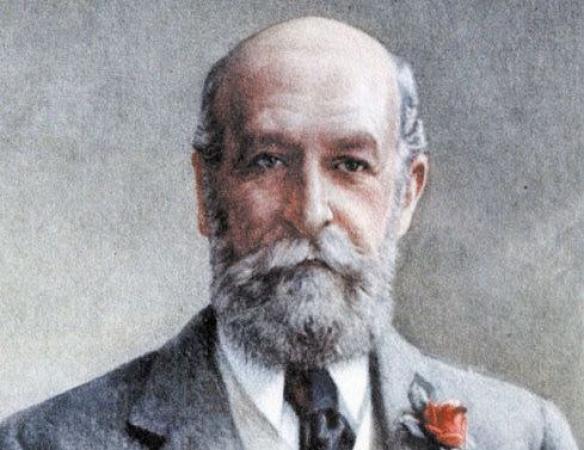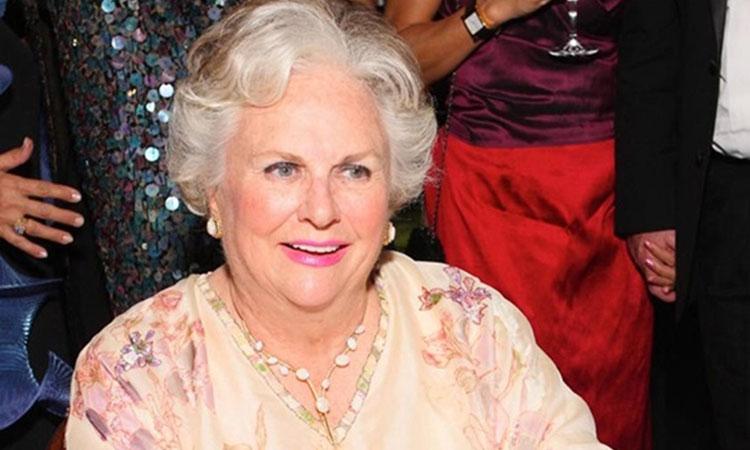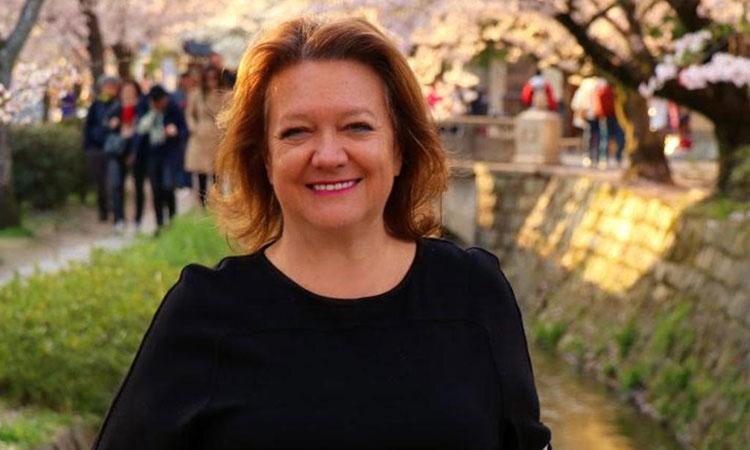Well who doesn't love dairy milk, but have you ever thought how this chocolaty revolution started?
It all goes back to 1824 when John Cadbury, the founder of the Cadbury business opened a grocer’s shop at 93 Bull Street, Birmingham.
Selling cocoa and drinking chocolate amongst other things, which he prepared himself using a pestle and mortar, John Cadbury then partnered with his brother Benjamin Cadbury and Cadbury brothers was formed in 1847.
Cadbury’s own milk chocolate bar, made by adding milk powder paste to the dark chocolate recipe of cocoa mass, cocoa butter and sugar, was launched in 1897. But it did not attract a lot of interest.Swiss manufacturers were leading the field in milk chocolate, with much better products than their rivals. So in 1904 George Cadbury was tasked with developing a milk chocolate bar that was to have more milk than anything else on the market.
‘All sorts of names were suggested: Highland Milk, Jersey and Dairy Maid. But when a customer’s daughter suggested Dairy Milk, the name stuck.’ George Cadbury
Dairy Milk was launched in June 1905. It was sold in unwrapped blocks that could be broken down into penny bars. Gradually it became more and more successful – Cadbury’s biggest seller by the beginning of the First World War. And by the early 1920s it had taken over the UK market. And of course, it’s still with us today. Cadbury Dairy Milk has become a megabrand, available in many different varieties and all over the world.
By the time John Cadbury’s sons George and Richard took over the business, they got hold of a new, patented hand-operated hydraulic press which they then go on to launch a new product: Cadbury Cocoa Essence.
Richard Cadbury designed the first chocolate box and it was decorated with a painting of his young daughter Jessica holding a kitten. Richard liked to use his own children as models, or painted flowers and scenes from holidays. With his creative talent put into excellent use, the decorated boxes were highly demanded and popular, helping the growth of both the Cadbury business and the confectionery trade in general
Then in 1969, Cadbury merged with drinks company Schweppes to form Cadbury Schweppes. They went on to acquire more beverages companies in the US, for example Sunkist, Canada Dry, and Typhoon Tea. In 2007, with the changing business environment, Cadbury Schweppes started to diversify and split it business into two separate entities: one focusing on its main chocolate and confectionary market; the other on its drinks business.
Kraft acquired Cadbury to expand its snacks and confectionary business in early 2010. The acquisition assumes importance considering the fact that Cadbury had significant presence in emerging Asian markets, where Kraft had minimal market base.


















